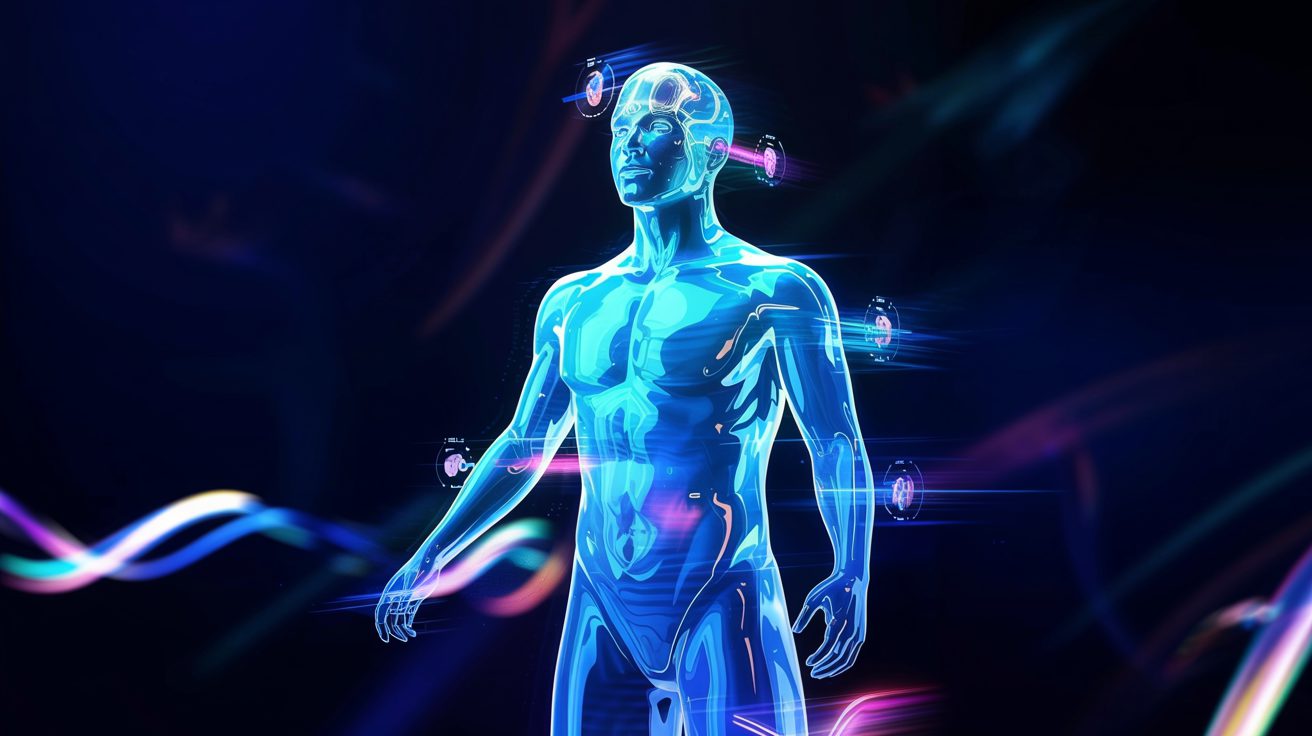Ever wonder how we went from ancient fireworks to ships that can take us to Mars? The story spans over 1,000 years and feels almost as epic as that scene in “2001: A Space Odyssey” where the bone tool transforms into a spaceship. A failed quest for immortality in 9th century China accidentally sparked technology that now hurls humans beyond Earth at 25,000 mph. What began as weapons of war evolved into chariots to the stars, each breakthrough building on the last. The journey from bamboo tubes to methane-powered marvels reveals how human curiosity continually pushes boundaries.
Understanding this evolution isn’t just about appreciating history – it’s about seeing the roadmap to our interplanetary future. Each rocket engine represents a chapter in humanity’s quest to break free from Earth’s gravitational chains.
Ancient Chinese Rocketry
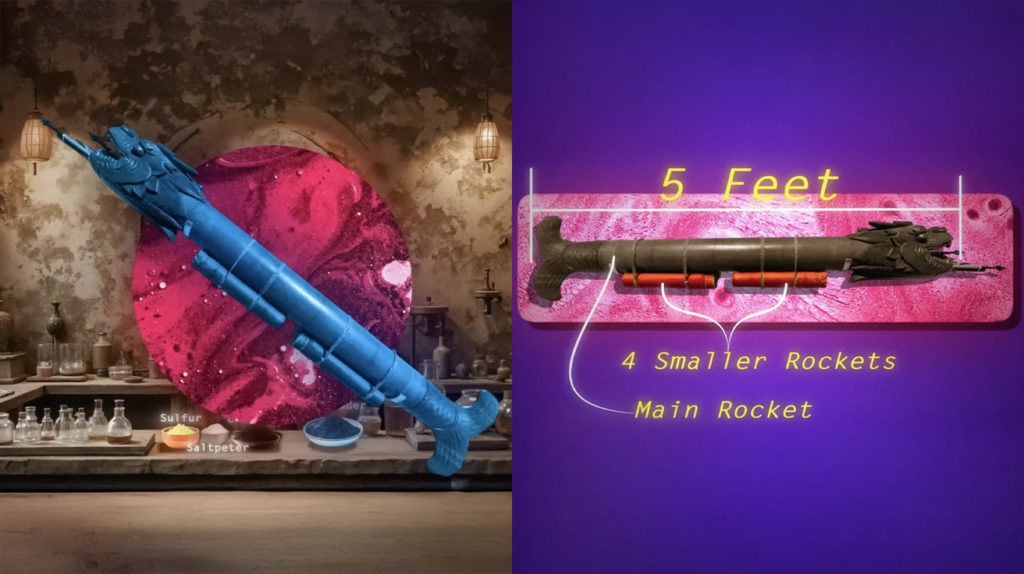
Chinese alchemists hunting for immortality ended up creating something that would change warfare and eventually space travel forever. Back in the 9th century Tang Dynasty, they mixed together saltpeter, sulfur, and charcoal hoping for eternal life – instead, they got explosions. Talk about a happy accident. By 1000 CE, Song Dynasty engineers packed this new “gunpowder” into bamboo tubes to create fire arrows, essentially turning fireworks into weapons.
The tech leveled up dramatically when Ming Dynasty engineers developed the “waterborne fire dragon” – a 5-foot weapon with a wooden head that introduced the world to multi-stage propulsion. These rockets could travel over 1.5 kilometers, reshaping battlefield tactics with their impressive range. Much like how a modern smartphone builds on principles from the first chunky mobile phones, today’s multi-stage SpaceX rockets follow the same fundamental concept pioneered nearly ten centuries ago.
Robert Goddard’s Liquid-Fueled Rocket
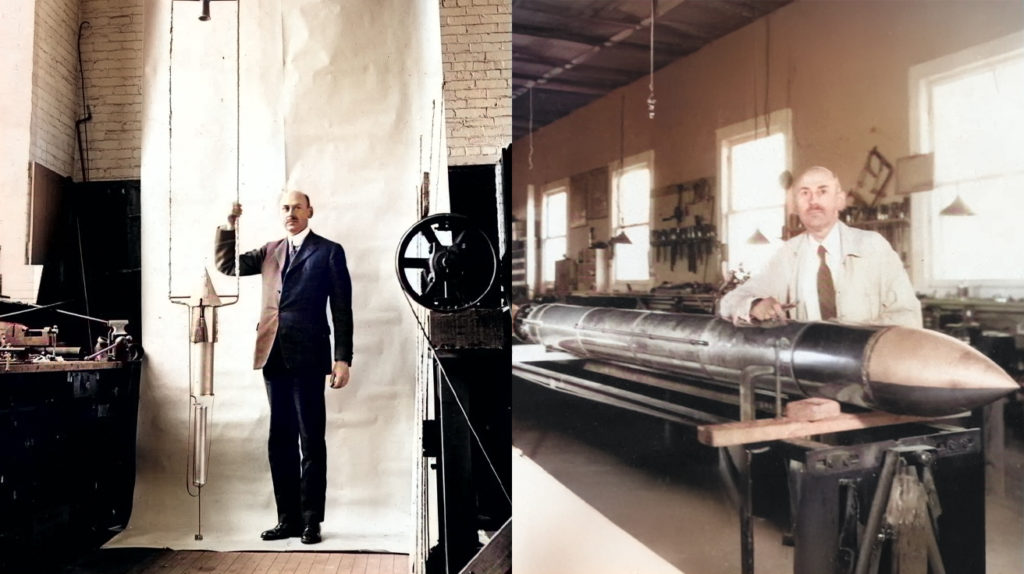
On March 16, 1926, in a frozen Massachusetts field, American physicist Robert Goddard turned theory into reality by launching the first liquid-fueled rocket. The modest 3-meter contraption reached just 12.5 meters high in its 2.5-second flight – about the height of a basketball hoop. Short? Yes. Revolutionary? Absolutely. It proved Tsiolkovsky’s theories weren’t just equations on paper.
Goddard solved real-world problems that textbooks couldn’t address. His regenerative cooling system circulated fuel around the combustion chamber to prevent meltdown – similar to how your laptop prevents overheating, but with temperatures that would melt metal. His gyroscopic stabilization kept rockets from tumbling out of control, while his fuel pump systems ensured consistent propellant flow regardless of acceleration. By 1935, his rockets reached 2,300 meters – a 184-fold improvement in just nine years. Goddard turned rocket science from academic theory into working technology, setting the stage for everything that followed.
Saturn V and the F1 Engine
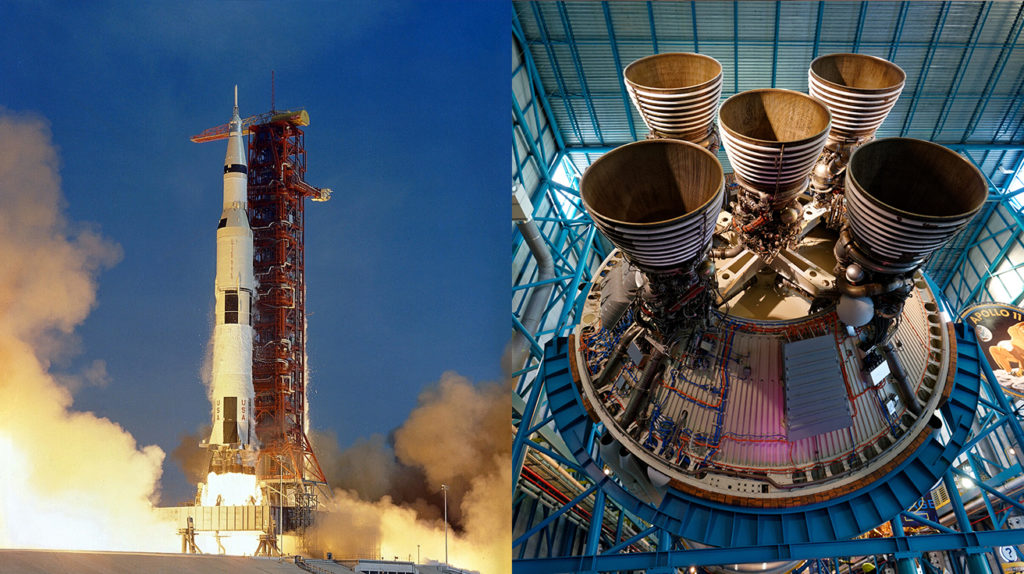
The F1 engine that powered NASA’s Saturn V moon rockets remains the most powerful single-nozzle liquid-fueled engine ever built – a title it’s held since the 1960s. Each F1 produced 1.5 million pounds of thrust, with five engines working together to lift the massive Saturn V. The combustion chamber was so enormous you could park a Jeep inside it – not that you’d want to when it fired up.
Engineers faced a deadly challenge called combustion instability – pressure waves that could tear engines apart faster than you can say “Houston, we have a problem.” The solution came through meticulously designed baffles and resonators that tamed these destructive forces, developed across 2,000 test firings. These monstrous engines burned 3,357 gallons of fuel per second – enough to drain your backyard pool in 10 seconds flat. This raw power was what made the Apollo program possible, creating enough thrust to escape Earth’s gravity with enough payload to reach the Moon and return safely. The F1 demonstrates how scaling up technology creates entirely new challenges requiring innovative solutions.
SpaceX Raptor Engine
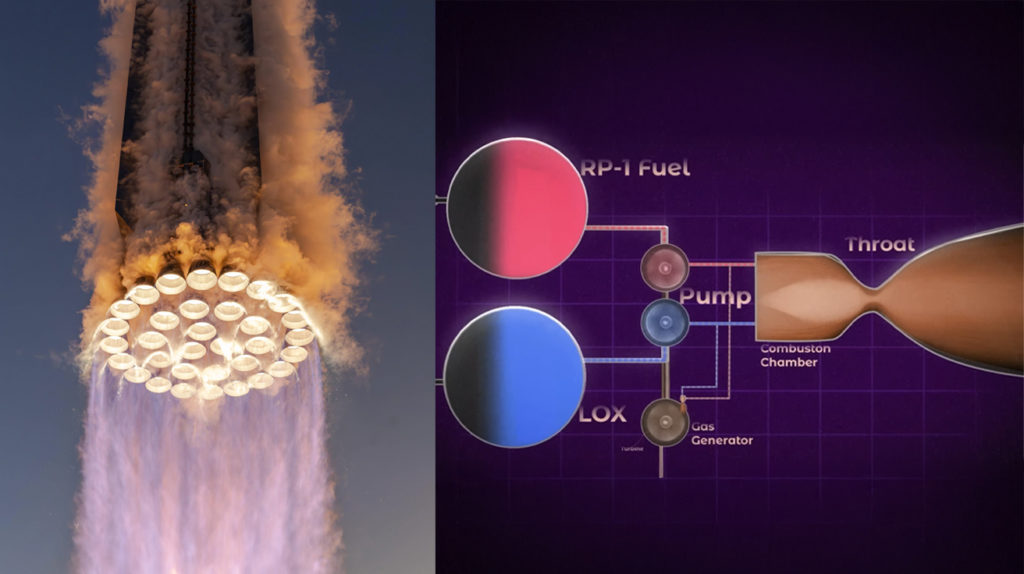
SpaceX’s Raptor engine represents rocket technology’s cutting edge – the technological equivalent of jumping from DVD straight to 4K streaming. This revolutionary powerplant uses a full-flow staged combustion cycle with separate turbopumps for fuel and oxygen, achieving efficiency levels previously confined to theoretical papers. The Raptor generates over 300 bar of chamber pressure – the highest ever achieved in operation – significantly improving performance and power-to-weight ratio.
The Raptor burns methane rather than traditional hydrogen or kerosene, a forward-thinking choice that supports SpaceX’s Mars ambitions since methane can potentially be manufactured on the red planet. It’s a bit like designing a car that can refuel itself on a cross-country journey. The engine prioritizes rapid reusability between flights, dramatically reducing launch costs from the astronomical figures of previous decades. As the Raptor powers SpaceX’s Starship vehicle, it may soon write the next chapter in humanity’s space journey – taking us from visitors who briefly touch other worlds to true interplanetary settlers who call them home







